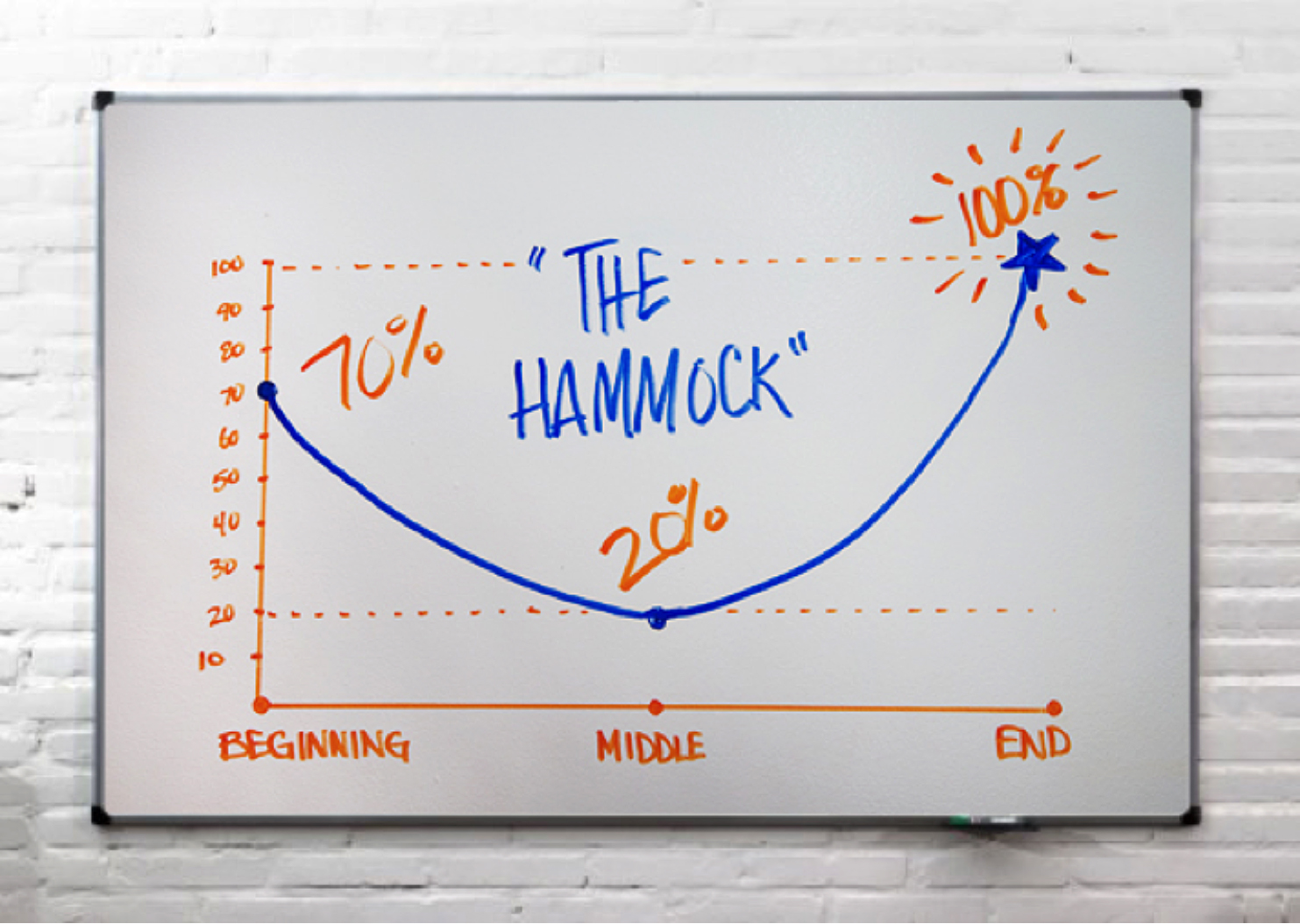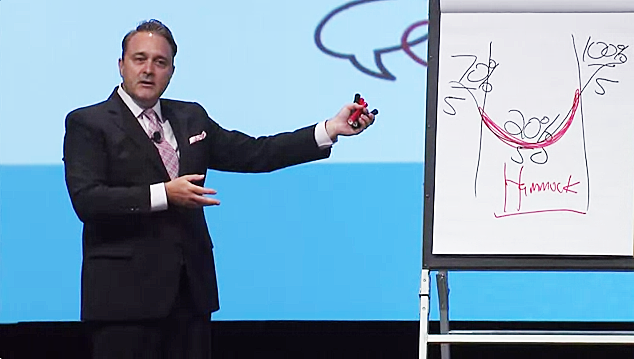Is Anybody Listening?
Prior to joining LoSasso, I spent several years in a consultative sales position. My days consisted of prospecting (cold calling, emailing, researching new leads, etc.) and presenting. I remember once I spent close to a week preparing for a big presentation. The presentation was for a long-standing client’s c-suite executives. I put together my most convincing, visually stunning PowerPoint presentation. Before the meeting, a colleague asked me, “Are you nervous?” I admitted that yes, of course I was a little bit nervous. My colleague replied with, “Don’t be—no one is really listening anyway.”
With traditional PowerPoint presentations, this is often true. At the BMA14 conference last month, Tim Riesterer, Chief Strategy and Marketing Officer of Corporate Visions, offered a new formula for more engaging sales presentations. Riesterer explained that traditional PowerPoint presentations open with predictable (boring) facts about your company and an unnecessary agenda—“Here is what I’m going to say.” This setup is a sure way to drive your clients and prospects into what Riesterer calls “the hammock.” The hammock is the dip in the middle of a traditional presentation where your audience is pretty much asleep.

Your audience is at 70 percent full attention at the beginning of a
presentation, 20 percent in the middle and 100 percent at the end.
No Sleeping Allowed
To combat the natural tendency of your audience to drift as you move through your presentation, take advantage of high focus times at the beginning and end to deliver your most important points, and look for ways to spike interest in the middle with interactive, engaging moments where dialogue can take place. Remember these important points:
- Your audience is at its highest attention in the beginning of a presentation. Skip all the self-serving information, such as how many offices you have worldwide, your mission statement and how long you’ve been in business.
- Open with a missed opportunity or problem they didn’t know they had so they stay engaged and don’t go in “the hammock.”
- If you have a compelling story to tell or critical point to make, reinforce it several times throughout the presentation.
- Introduce a new term or phrase to your audience (such as “the hammock”). This should be a term they can use in everyday life that refers to your product or service. Think “Google it,” or “That’s PhotoShopped.”
- Have a “hot” close. This is the part your audience will be most able to replay if someone asks about the presentation. If you end with Q&A that goes down a bunch of rabbit holes, your key takeaways won't be a focus.
Wake ‘em Up with the Whiteboard
Riesterer says a whiteboard-style presentation—in which you are illustrating points for your audience in real time—is a great way to capture attention because it’s more collaborative and tells a story more effectively. This reminded me of Daniel Pink’s popular talk, “The Surprising Truth About what Motivates Us.” In this video, Pink uses all whiteboard visuals—and if you’ve watched it (as 12MM people have), you know it’s effective. A whiteboard visual is simple, memorable and gives a visual representation of your idea. It’s much more impactful than a static graphic or image because your audience is engaged, thinking and trying to anticipate, “Where are they going with this?”

Tim Riesterer's engaging BMA14 presentation on presentations – in which he discusses the power
of live whiteboard diagramming with...the live creation of a whiteboard diagram.
Arm Your Sales Team for Success
Statistics show people remember just 10 percent of what they hear. We are so inundated with verbal chatter that it’s human nature to tune it out—and sitting in a traditional presentation (even one that someone may have spent a week preparing) is no exception. In this competitive market, the last point of differentiation can come down to your sales team—make sure they are using their time wisely in front of prospects and avoiding the hammock!



